Botox vs Fillers: What’s the Difference and Which One Do You Need?
In the world of aesthetic treatments, Botox and dermal fillers are two of the most popular non-surgical procedures available today. While both are injectables designed to reduce the visible signs of aging, they work in entirely different ways and are used to treat different concerns. Understanding their differences is key to choosing the right treatment for your individual needs and goals.
What is Botox?
Botox is a purified protein derived from the botulinum toxin. When injected in small doses, it temporarily blocks nerve signals to targeted muscles, preventing them from contracting. This relaxes the muscles and smooths the overlying skin, reducing the appearance of dynamic wrinkles caused by facial expressions such as frowning, squinting, or smiling.
Common Botox Treatment Areas
- Forehead lines
- Frown lines between the eyebrows (glabellar lines)
- Crow’s feet around the eyes
How Long Does Botox Last?
Botox typically takes 3 to 7 days to start showing visible effects, with full results seen in about two weeks. The results generally last between 3 to 4 months, after which repeat treatments are needed to maintain the effect.
What are Dermal Fillers?
Dermal fillers are gel-like substances injected beneath the skin to restore lost volume, enhance facial contours, and smooth out static wrinkles. Unlike Botox, which relaxes muscles, fillers work by physically plumping up the skin.
Types of Dermal Fillers
- Hyaluronic acid fillers (e.g., Juvederm, Teosyal, Alliaxin)
- Calcium hydroxylapatite fillers (e.g., Radiesse)
- Poly-L-lactic acid fillers (e.g., Sculptra)
Common Filler Treatment Areas
- Cheeks and midface
- Nasolabial folds (smile lines)
- Lips (lip augmentation)
- Chin and jawline
- Under-eye hollows (tear troughs)
How Long Do Fillers Last?
The longevity of fillers varies based on the type used and the area treated. Hyaluronic acid fillers usually last 6 to 12 months, while some thicker fillers can last up to 18 months or more.
Botox vs Fillers: Key Differences
| Feature | Botox | Fillers |
| Purpose | Relaxes muscles to reduce wrinkles | Adds volume and smooths lines |
| Best for | Dynamic wrinkles (caused by movement) | Static wrinkles and volume loss |
| Results Duration | 3-4 months | 6-18 months (varies by filler type) |
| Treatment Time | 10-15 minutes | 15-30 minutes |
| Onset of Results | 3-7 days | Immediate |
| Common Side Effects | Mild bruising, swelling, temporary drooping | Swelling, bruising, tenderness |
Can You Combine Botox and Fillers?
Absolutely. In many cases, Botox and fillers are used together for a more comprehensive facial rejuvenation. This approach, often referred to as a “liquid facelift,” addresses both muscle-related wrinkles and volume loss to create a smoother, more youthful appearance.
Which One Is Right for You?
Choosing between Botox and fillers depends on your aesthetic goals:
- Choose Botox if you want to reduce the appearance of dynamic wrinkles such as crow’s feet or forehead lines.
- Choose Fillers if you’re looking to restore lost volume, enhance facial contours, or reduce static wrinkles. The best way to determine the ideal treatment is to consult with a qualified aesthetic practitioner who can assess your facial anatomy and recommend a personalized plan. While Botox and fillers are often compared, they serve different purposes and can even complement each other when used in combination. Whether you’re aiming to soften lines or add youthful volume, understanding the difference between these treatments is the first step toward achieving your ideal results. Book a consultation with our aesthetic experts to explore your options and find the right solution for your beauty goals.

 Acne treatment
Acne treatment 



